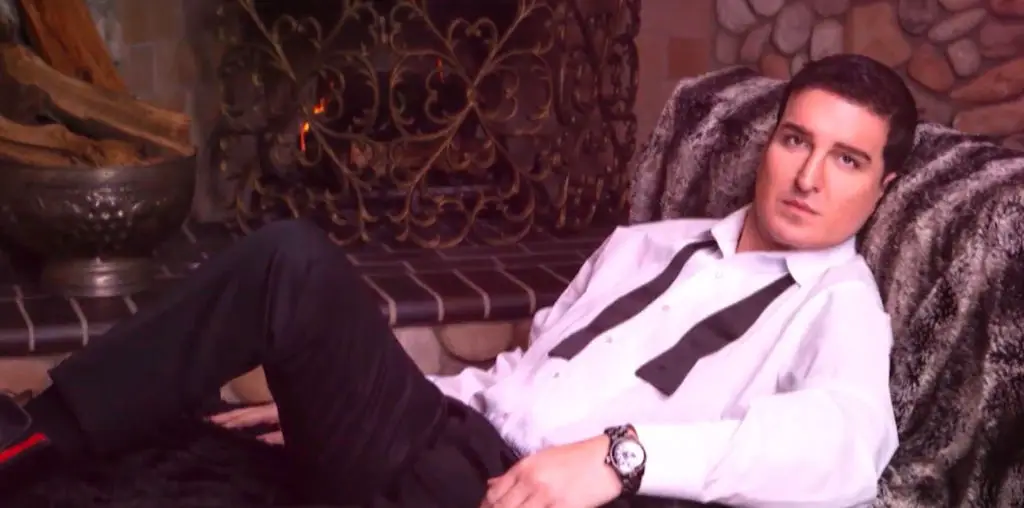
DANCER IN THE DARK ^ Whose big idea was it? ^ Danish filmmaker Lars Von Trier was one of the co-conspirators behind “Dogme 95” as well as the director of “Breaking the Waves” and “The Kingdom”. ^ Why does it work? ^ Von Trier shot this brutal melodrama in the stark documentary look typical of “Dogme 95” films. Written by star Bjork, the musical numbers represent only the inner-life of the film’s tragic heroine. As these sequences are still executed in the same visual style as the rest of the movie, the musical interludes provide only a peek at the inner-life of the heroine rather than any sort of escape. ^ Premiered: 2000 Cannes Film Festival. ^ Released: October 6, 2000 (US).
O BROTHER, WHERE ART THOU? ^ Whose big idea was it? ^ The American writing/directing/producing team of brothers Joen and Ethan Coen were previously responsible for “Fargo”, “The Big Lebowski”, “Blood Simple”, “Raising Arizona”, “Barton Fink”, and experiments in genre deconstruction. ^ Why does it work? ^ Few filmmakers are as adept at deconstructing very different genres and then splicing the pieces back together again. Their secret weapon in this period piece is the music, which consists of works borrowed from the appropriate era and locale but employed for maximum impact. Just listening to these songs on record is enough to shake you to the core. In the hands of the Coens, the visual interpretations are stunning. ^ Premiered: 2000 Cannes Film Festival. ^ Released: December 22, 2000 (US).
MOULIN ROUGE ^ Whose big idea was it? ^ Australian Baz Luhrmann previously wrote and directed “Strictly Ballroom” and crafted the radical restaging “Romeo+Juliet”. ^ Why does it work? ^ While the director employs a less than naturalistic visual style and a 100+ year old setting, Luhrmann has taken the radical step of using and reworking existing songs that run the gamut of pop music over the last 50 years. By taking music with which the public is already familiar, the film can exploit the pre-existing emotional connection it has with the audience. ^ Premiered: 2001 Cannes Film Festival. ^ Released: May 18, 2000 (LA, NY).
THE AMERICAN ASTRONAUT ^ Whose big idea was it? ^ Filmmaker/performer Cory McAbee had honed his musical and artistic sensibilities while fronting the San Francisco performance art/rock group The Billy Nayer Show. ^ Why does it work? ^ McAbee’s personal vision does constitute a kind of escapism, but only into the dark recesses of his own mind. Not for everyone, whatever this film looks like, it sure isn’t any other musical. ^ Premiered: 2001 Sundance Film Festival. ^ Released: No theatrical distribution currently announced.
HEDWIG AND THE ANGRY INCH ^ Whose big idea was it? ^ Writer/director/star John Cameron Mitchell also wrote (with musical collaborator Stephen Trask) and starred in the stage musical upon which this film is based. ^ Why does it work? ^ I’m sure at first glance, an unknowing audience will expect little more than shock value in this tale of a mutilated transsexual Euro-trash rock star, but “Hedwig” succeeds at every level imaginable: the acting, the photography, the production design, concept, execution, and most importantly, the MUSIC. This is the kind of film that will lock itself onto the consciousness of the audience, like a “Rocky Horror Picture Show” or “Pink Floyd’s The Wall”. Of these five films, this small adaptation of the hit off-Broadway show is by far the best. If there is one film in this group you choose to see, it should be this one. ^ Premiered: 2001 Sundance Film Festival. ^ Release: July 20, 2001 (US).
Check out FILMTHREAT.com’s FEATURE ARCHIVES and read more insightful stories, expert analysis, gut-busting satire and caustic commentary!
